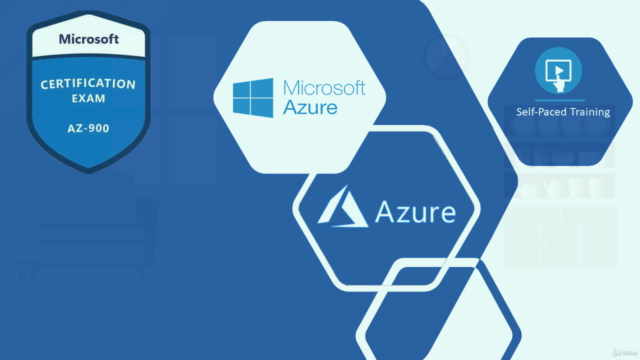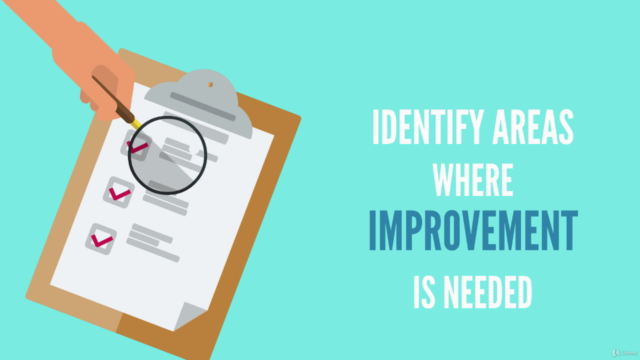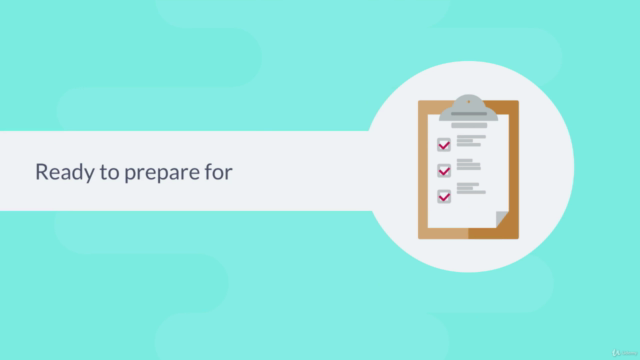Practice Exams | Microsoft Azure AI-102 | Azure AI Solution

Why take this course?
Based on the comprehensive list of tasks you've outlined, it seems you're looking to cover a wide range of Azure AI services and capabilities. Here's a structured approach to tackle these tasks, broken down by category:
Diagnostic Logging and Monitoring:
- Configure diagnostic logging for your Azure AI service to capture necessary telemetry data.
- Monitor the Azure AI resource using Azure Monitor, Application Insights, or another monitoring tool.
- Set up alerts with Azure Alerts or Azure Monitor to notify you of any issues with your Azure AI service.
Cost Management:
- Review the pricing details for the Azure AI services you plan to use.
- Implement cost management best practices, such as tagging resources and using the Azure Cost Management tool.
- Regularly review your usage and costs to identify any unexpected charges or inefficiencies.
Account Keys and Security:
- Manage account keys securely.
- Use Azure Key Vault to store and manage account keys.
- Implement strict access policies for account keys to ensure security.
Authentication:
- Set up and manage authentication for your Azure AI Service resource using Azure Active Directory (AAD) or other supported authentication methods.
Content Moderation:
- Implement text moderation using Azure AI Content Safety.
- Implement image moderation using Azure AI Content Safety, focusing on selecting the right moderation model for your needs.
Computer Vision Solutions:
- Implement a custom computer vision model using Azure AI Vision, starting with defining your requirements and ending with training, evaluating, publishing, and consuming your model.
- Analyze videos by integrating Azure AI Vision Spatial Analysis for presence detection and movement tracking.
Natural Language Processing (NLP) Solutions:
- Set up an Azure OpenAI Service resource to generate content, code, or images using models like GPT-3 or DALL-E.
- Optimize generative AI behaviors by configuring model parameters and applying prompt engineering techniques.
Knowledge Mining and Document Intelligence:
- Provision a Document Intelligence resource and use prebuilt models to extract data from documents.
- Implement custom document intelligence models, train, test, and publish them.
- Create composed models for complex extraction tasks.
- Integrate document intelligence models as skills in Azure AI Search.
Knowledge Search Solution:
- Provision an Azure AI Search resource and set up data sources, indices, and skillsets.
- Implement custom skills to meet specific search requirements.
- Use the Knowledge Store to manage projections from different data sources.
- Query the index using various filters and syntax options.
Document Intelligence Customization:
- Fine-tune an Azure OpenAI model or implement a composed document intelligence model for more complex or industry-specific tasks.
- Use your own datasets to train models, ensuring they are tailored to your specific needs.
Compliance and Ethics:
- Ensure that all solutions comply with relevant regulations such as GDPR or HIPAA, depending on the nature of your data and use case.
- Stay informed about ethical considerations related to AI and incorporate best practices to address potential biases in your models.
Review and Iteration:
- Regularly review the performance and accuracy of your models, making adjustments as necessary.
- Gather feedback from users interacting with your AI solutions to iterate and improve the user experience.
- Keep up-to-date with the latest updates and features released by Azure AI services to leverage new capabilities and optimize your solutions.
By following this structured approach, you can effectively manage and implement the various Azure AI services and solutions you've outlined. Remember that each of these tasks may involve a learning curve, so allocate enough time for exploration, testing, and refinement.
Course Gallery




Loading charts...